CAPITALI$T WA$TE
Many Drilled U.S. Wells Will Never Be Completed
Fracking crews are increasing their activity in U.S. shale basins, finishing off a slew of DUC wells, according to the EIA’s latest Monthly Drilling Report. As oil and gas companies focus on finishing off wells they’ve already drilled, on the sidelines, observers are wondering whether this is a fluke or whether the industry has really learned its lesson about drilling rigs that they do not intend to complete.
Are we seeing typical industry behavior, which may indicate that we are in for another DUC increase now that drilling activity has picked up?
Tackling the Fracklog
The way to describe the DUC count is a “fracklog” because it measures the number of wells that have been drilled but not yet completed—essentially creating a backlog of half-finished wells that are not producing oil or gas. The higher the DUC count, the more money oil companies have spent drilling wells that are not yet working—ostensibly while drilling more wells, which they also may not complete.
For the U.S. shale industry, the DUC count has been a bellwether for the oil industry; the higher the DUC count, the more money oil and gas companies are sinking into wells that are stuck in limbo and not producing. This could either mean fiscal irresponsibility or a rapidly changing shift in the markets that too quickly rendered wells once deemed wise as obsolete.
Of course, there are always DUCs. The logistics behind scheduling drilling and completion crews necessitate a certain number of drilled wells be made available to later complete. Companies often like to keep several months of drilled wells in inventory. And most wells that are drilled are finished within a year.
Related Video: The Conditions Are Ripe for A Second Shale Boom
But an excessive number of DUCs could signify that something is amiss in the industry.
The Whole Story
The true fracklog didn’t boom during the pandemic. The DUC counts started climbing ever higher sometime in 2017—around the time the U.S. shale industry was catching flack for out of control debt loads.
True, during the pandemic, there were certainly a high number of DUCs. But the EIA reported DUC count of 7,685 in July 2020—after oil demand crashed, rendering foolish the process of spending more money to complete a well that a company didn’t need for production—is just par for the course, according to earlier EIA data. According to the EIA, the DUC count has been over 7,500, for the most part anyway, since mid-2018.
The Dead DUC is Still a DUC
But there are some, like Raymond James analyst John Freeman, who claimed this year in a note to clients that the United States’ true DUC count is much lower, given that many of the wells included in the EIA’s DUC count are dead in the water and many years old, likely never to be completed. According to Freeman, this figure is as much as 22% too high.
A 2019 Federal Reserve of Dallas survey of oil and gas company executives suggests that half of the respondents agree that the EIA is overestimating the number of DUCs.Related: Investors Rush To Oil Stocks Despite ESG Push
In a low oil price environment, oil and gas companies may spend money on finishing off an already drilled well, rather than on drilling a new well. But companies will continue to strive to keep that DUC inventory in their back pocket should the market call for it. But when oil prices have been low for a long time—and demand for crude or gas remains low, those low oil prices may never justify completing a well, resulting in another dead DUC.
Still, those DUCs are counted.
Where We Are Now
In 2014, the number of wells being drilled exceeded the DUC count. When drilling slowed at the end of that year, the number of DUCs continued to rise. There was a period leading up to 2017 that saw a dip in the DUC count. But before too long, DUCs were again on the rise.
The latest data suggests that the number of DUCs began to fall in July 2020 as oil inventories boomed, oil prices were ultra-low, and drilling and fracking activity had slowed to levels not seen in years. The DUC count has continued to fall since then, while drilling and completion activities have started to pick up. The gap between drilling and completion activity has closed over the last few years, while the gap between drilling activity and DUCs has inverted.
But there is an unmistakable correlation between drilling activity and DUCs, with an anywhere from 20 to 50-week lag from rig count shifts to corresponding DUC shifts. If that pattern holds true, we may be in for another increase in the number of DUCs in the next few months. Unless, that is, the EIA revaluates the method it uses for establishing its DUC counts. Or, as some suggest, shale has learned to belt tighten, and spending is shifted more heavily toward completing rather than drilling.
By Julianne Geiger for Oilprice.com









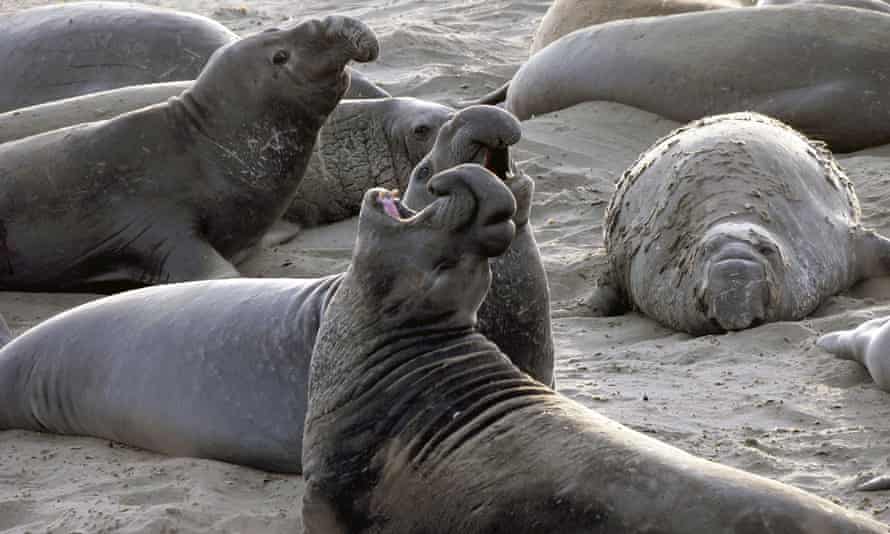
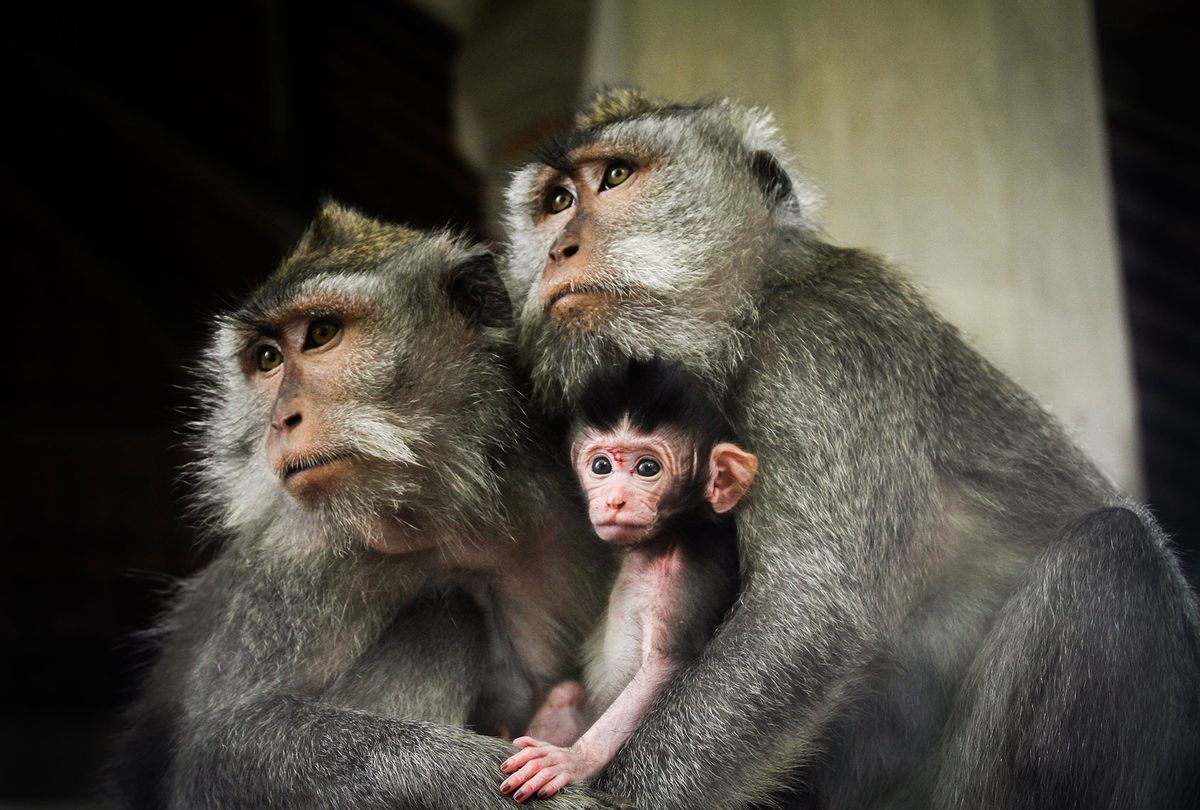

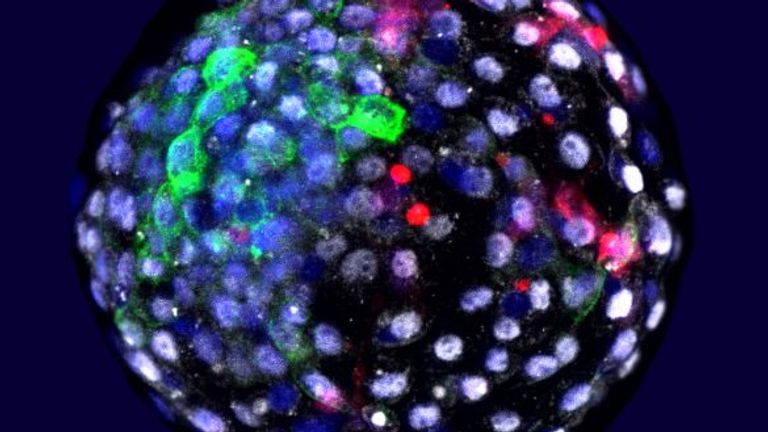


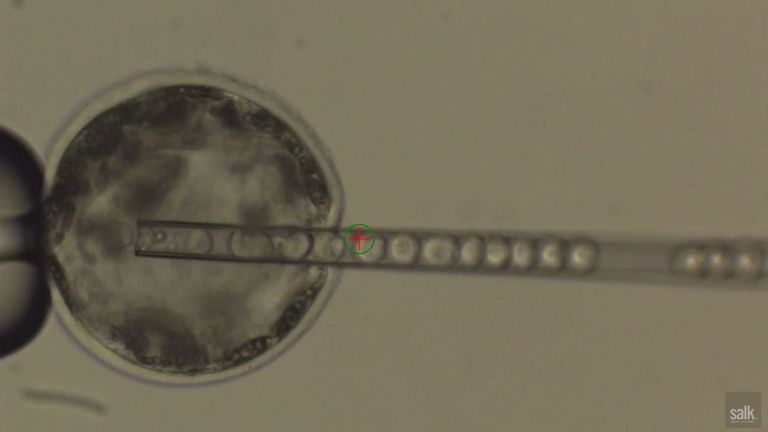
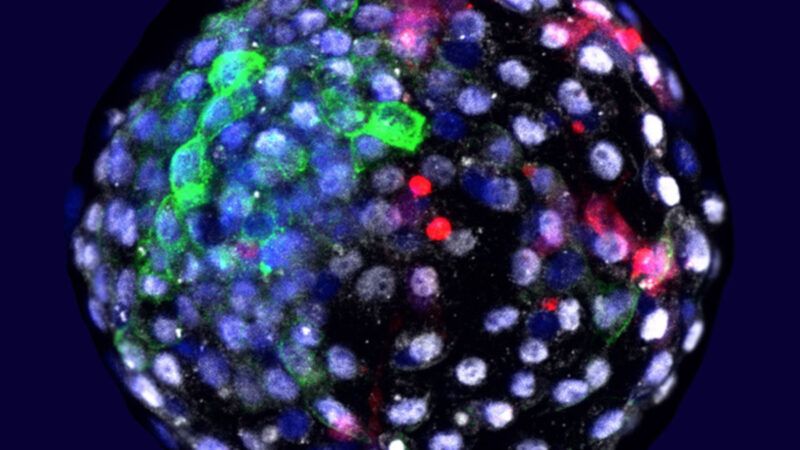
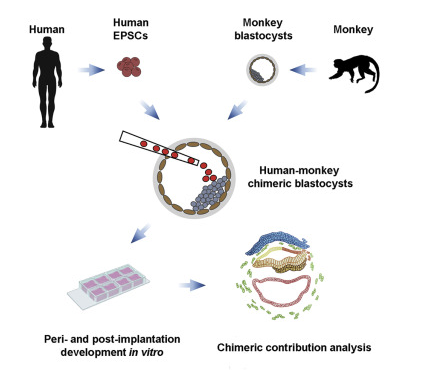 Cell
Cell